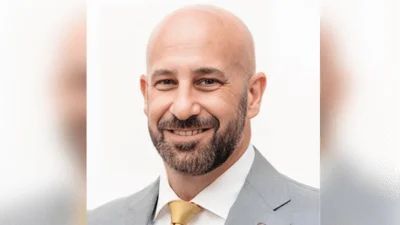Aurora Health Care issued the following announcement on March 29.
With teens stressed about school and worried about COVID-19, the pandemic can be a trying time for them, especially at an age they are growing in independence.
This can cause more feelings of isolation, feeling misunderstood and cause additional stress on teens with existing mental health concerns. Parents need to be aware of how their teen is managing and how to help, especially if their teen is a suicide survivor, experts say.
With the possible added anxiety of COVID-19, Dr. Huma Khan, an adolescent medicine expert with Advocate Medical Group, shares some thoughts on how loved ones can support the suicide survivors in their life and help prevent another attempt.
Therapy care. Make sure your teen has established care with a therapist who they can see regularly. Depression is a chronic condition and depressed teens can have their ups and downs. It’s important to have an established mental health provider who can be there for support at any time, not just during a crisis. Most therapists offer telephone or video visits.
Support groups. Teen suicide support groups can also be helpful. They usually meet on a monthly basis and are free of charge (suicide.org).
Takes a village. Develop a safety network for your teen. Make sure your teen has people from their school, close friends and at home who understand their mental health history and risks. This network can help monitor your teen and intervene if they seem like they need help.
Safety plan. Have a step-by-step safety plan for your teen for times that they may feel suicidal. The National Suicide Prevention Lifeline is always a good resource.
“Teens at risk for suicide need a strong support network, including family, friends, educators, health care providers, and behavioral specialists who are closely monitoring symptoms and changes in behavior,” says Dr. Khan, “Teens struggling with depression also need an established safety plan outlining who to inform if suicidal thoughts return.”
Now is the perfect time to make an appointment with a primary care physician. Whether you live in Illinois or Wisconsin, it’s easy to find a doctor near you.
Original source can be found here.






 Alerts Sign-up
Alerts Sign-up